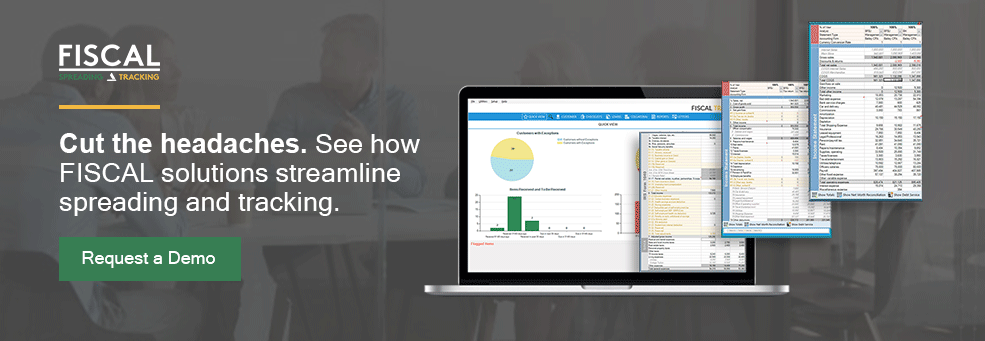“Digital transformation” is a popular buzzword today, referring to the efforts companies are making to connect all digital parts of the business seamlessly. The goals of a digital transformation are to provide deeper insights and make sharing data and completing day-to-day work more efficient.
In banking and lending, changes to digital policies and processes must be done carefully. Regulation and security are a top concern, which is why many institutions have taken a cautious, conservative approach to adopting digital tools, sometimes to the detriment of efficiency. Many banks and credit unions have grown accustomed to disparate, unconnected systems, not realizing the extent to which they’re missing out on a streamlining opportunity by connecting them.
In this post, we’ll explore the advantages and concerns surrounding connecting core banking systems to lending software and some tips on how to integrate these systems for maximum benefit.
Connecting Your Banking Software Solutions
Community bank and credit union leadership often take a “simpler is better” approach when it comes to software. However, there’s evidence that integrated software can be especially useful to smaller institutions.
According to the Independent Community Bankers of America (ICBA), 59% of new loan volume at community banks in 2019 came from their existing customers. The spreading and tracking tasks associated with this business go much faster if core and lending software are connected and customer data can be shared across platforms. In addition, banks can optimize commercial loan reviews and renewals when data from the core system is synced with spreading and tracking software.
Community lending is rooted in long-term relationships, and these relationships commonly grow over time to include multiple businesses and their various owners. This relationship approach is strengthened when banks and credit unions can serve their existing customers more efficiently and accurately.
Benefits of Connecting Your Core and Spreading Software
As noted, having the ability to bring existing customer data from the core system into spreading and tracking software saves countless hours of data entry. Here are some other advantages of connecting your lending and banking software solutions.
Easier Credit Memos
Composing credit memos for small business loans can be particularly involved. A business may have multiple different owners with various related businesses. Pulling together the existing loan and deposit relationship information needed for each entity in the credit memo is a time-consuming process of copy/pasting and fighting with the table formatting to get it just right.
When your core system is synced to your spreading and tracking software, it pulls the most up-to-date data on these customers, their loans, deposits, collateral, and other records. The entirety of the existing loan and deposit relationship is brought over into the lending software, as well as the most current demographic information about the borrower, guarantors, and related entities, such as business name, address, how long it's been in business, and other basic details.
Because there’s no way to copy this information out of the core in a scalable way, having the two systems synced provides a much faster and simpler way to bring current customer data into your spreading system and ensure your credit memos are complete and accurate.
Reduces errors in collecting data
In addition to saving countless hours of data entry time, connecting your lending and core banking software increases accuracy and consistency. When data is entered manually, typos and spelling errors are more likely. One loan analyst might enter the business name with the LLC, while it’s listed without it elsewhere. It’s the same for anything entered directly into credit memos; when you pull data from the core system into your spreading software and use it to generate memos there’s no chance of making a mistake.
Total credit limit exposure
One of the advantages of digital transformation and integration is getting deeper insights into your business and customers. For community banks and credit unions, integrating lending and core banking systems makes understanding the customer’s overall relationship easier. This includes total credit exposure, whether all loans are in good standing, and when their loans are up for review or pending maturity.
Benefits of Core-Tracking Integration
Connecting your core and lending software has benefits on the tracking side as well. Some of these include:Deeper insights
Much like the spreading benefits, the advantages of an integrated tracking and banking software solution come from the deeper insights you get into your customers and portfolio. You can easily see when loans are coming due and past due and even set up automation to make sending letters easier. It also reveals information about a customer’s full lending activity, helping you get a clear picture of their loan exposure.
Higher visibility
When collecting financial statements on a customer with multiple loans, or tracking items tied directly to a loan, you need to know when a loan pays off or becomes inactive. A connected core and tracking system relays information about loan activity so you don’t end up sending letters to inactive loans or customers. Whether you’re requesting documents or reminding customers a loan is coming up for maturity, having insights from the core system makes managing tracking checklists far easier.
How banking software integrations work
Software integrations are typically built using an application programming interface (API) which forms the data connection between the two systems. The problem with using this approach with core banking software is that because of the nature of core banking systems and the customization they offer, each bank would require a customized API. If you’ve ever worked with a vendor who advertises an “open API” then you know this can be expensive to build, implement and maintain.
At FISCAL, we overcame this costly challenge by using the core system’s reporting feature. The core system creates reports each night in simple, flat files, which our tools read and use to populate customers/loan/deposit/etc. information into FISCAL’s database.
This process makes FISCAL core agnostic, working with any core banking system with a reporting function. When core providers tweak their file structure, they always update their own reporting tool, so changes flow through without interruption. Even if a bank or credit union changes its core software, the FISCAL system will still work with an easy adjustment; there’s no need for custom programming or costly and time-consuming re-integration.
What to look for in core-lending integrations
When considering software for your spreading and tracking tasks, consider how the platform will connect to your core system and how the data will be transferred. For example, when importing loan information, some software systems use core data from the day before to calculate historical debt service. Pulling the most recent data, while a useful shortcut in certain cases, does not provide an accurate historic picture.
You should also ask how long the onboarding process will take. While FISCAL’s setup is relatively quick, an API-based system might take multiple months of development and implementation before it’s ready to use.
Finally, if you have a concern, ask the vendor. We get many questions about how the integration will work and what’s possible. For example, many banks and credit unions wonder if integration is a two-way street, pushing data back into the core. But because FISCAL simply reads the core reports, you don’t have to worry about FISCAL pushing data into your core. Others are concerned that the two systems won't be compatible because FISCAL has different data fields than the bank’s core. We put a high value on flexibility here at FISCAL, so we incorporated plenty of it, allowing your bank to simply skip a field or add a missing field manually.
Getting more from the core
Today the business world is experiencing a shift in the way we look at customer data. Once considered a byproduct of the real work companies do, businesses are beginning to view data as far more valuable. This appreciation of value has prompted stricter security and privacy measures and new, more efficient ways to use customer data.
If you would like to better utilize the data within your core banking system to make spreading and tracking tasks easier, we’re happy to talk. Just reach out for a demo.



